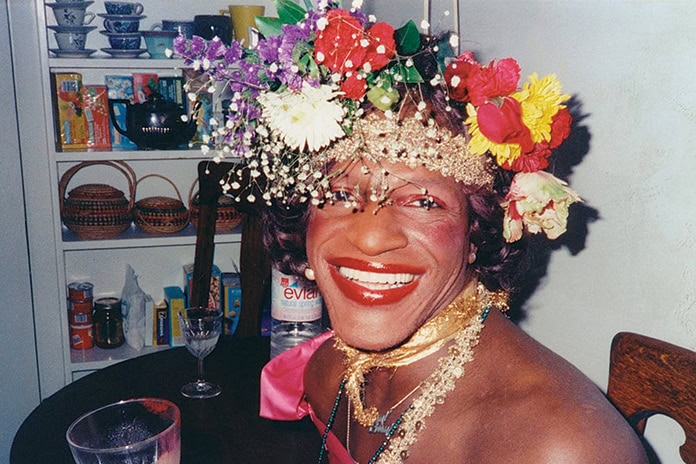We chart the turbulent history of the transgender rights movement
February marks LGBT History Month where we celebrate the hidden stories of our past, but even within this neglected history, the last letter of the acronym receives far less attention than the others. With the help of Christine Burns, a retired trans activist who has recently curated an in-depth book on the subject, we’ve put together an introductory timeline of the trans experience.
Trans and gender-fluid people have been recorded throughout history in many communities, such as the Native American people known as ‘Two Spirits’ who would dress up as women and were given special standing in society. In the UK, however, it was far more secretive and much less revered. For example, it was only upon Army Surgeon James Miranda Barry’s death in 1865 that he was discovered to have been female-bodied. The growing academic area of sexology in the second half of the nineteenth century began to take an interest in studying gender variance, although it was mainly lumped in with homosexuality as a form of sexual deviance.
The first half of the 20th century saw impressive surgical advances, which a number of trans people able to afford it took advantage of. The Danish painter, Lili Elbe, the subject of Oscar-nominated film The Danish Girl, underwent several gender reassignment surgeries, although she died from complications from her fifth operation in 1931. It was in this period that the British press began to take an interest in ‘sex changes’, although initial reports lacked the invasiveness or prurience that would come with the reporting about Christine Jorgensen and Roberta Cowell in the early 50s, or the active outing of Michael Dilon and April Ashley that would come later. This slightly increased visibility was by no means to say it was any closer to being accepted in society. Along with homosexuals, many trans people were forced into aversion therapy as a way to ‘cure’ them.
Although much of the medical community continued to view trans identities as a disorder, certain figures emerged in the middle of the century that set out to help, rather than cure those with gender dysphoria. German sexologist Magnus Hirschfeld set out to record a better scientific understanding of sexual minorities, although his research was lost when the Nazis burned records from his institute in 1933, setting the progress made back by decades. German-American physician Harry Benjamin took up Hirschfeld’s reins after the war, being the first professional to prescribe hormone therapy to patients and publishing The Transsexual Phenomenon, which called for the acceptance of the trans identity.
In the second half of the 20th century, trans people began to group together and confront the oppression they were facing. In the US, this was often prompted by police brutality, as in the case of the Compton Cafeteria Riots in 1966 and the Stonewall Riots in 1969, which have often seen the pivotal role that trans people played erased from the narrative. In the UK, support groups were set up, such as the Beaumont Society, which met for the first time in a Southampton hotel in 1966. It continues to provide support to trans people and their families to this day. UK trans activism only began to pick up momentum after Mark Rees took a case to the European Court of Human Rights in 1986 to change the legal gender on his birth certificate, although he was unsuccessful. However, it did prompt the forming of other activist groups, such as the influential Press for Change.
It was only in the last decade of the twentieth century that legislation oppressing trans people began to be overturned, thanks to the efforts of lobbying groups. In 1996, the European Court of Justice made it illegal to discriminate against trans people in work and education across the whole European Union, while the UK Gender Recognition Act of 2004 allowed trans people to legally change their gender for the first time. Another hugely significant case came in 1999, which ruled that trans people were entitled to receive medical treatment on the NHS.
A massive amount of progress has been made in the 21st century, and the last few years in particular. There’s a much better understanding of what it means to be trans, widely available medical options, as well as an increased visibility in films, TV and, books. But that’s not to say the fight is over. The tabloids continue to publish vitriolic articles about trans people with a startling regularity, trans people can’t change their legal gender without medical or state intervention, and when they do seek it out, they face painfully long waiting times on our overstretched NHS.
Trans Britain: Our Long Journey from the Shadows, edited by Christine Burns, is out now.

















